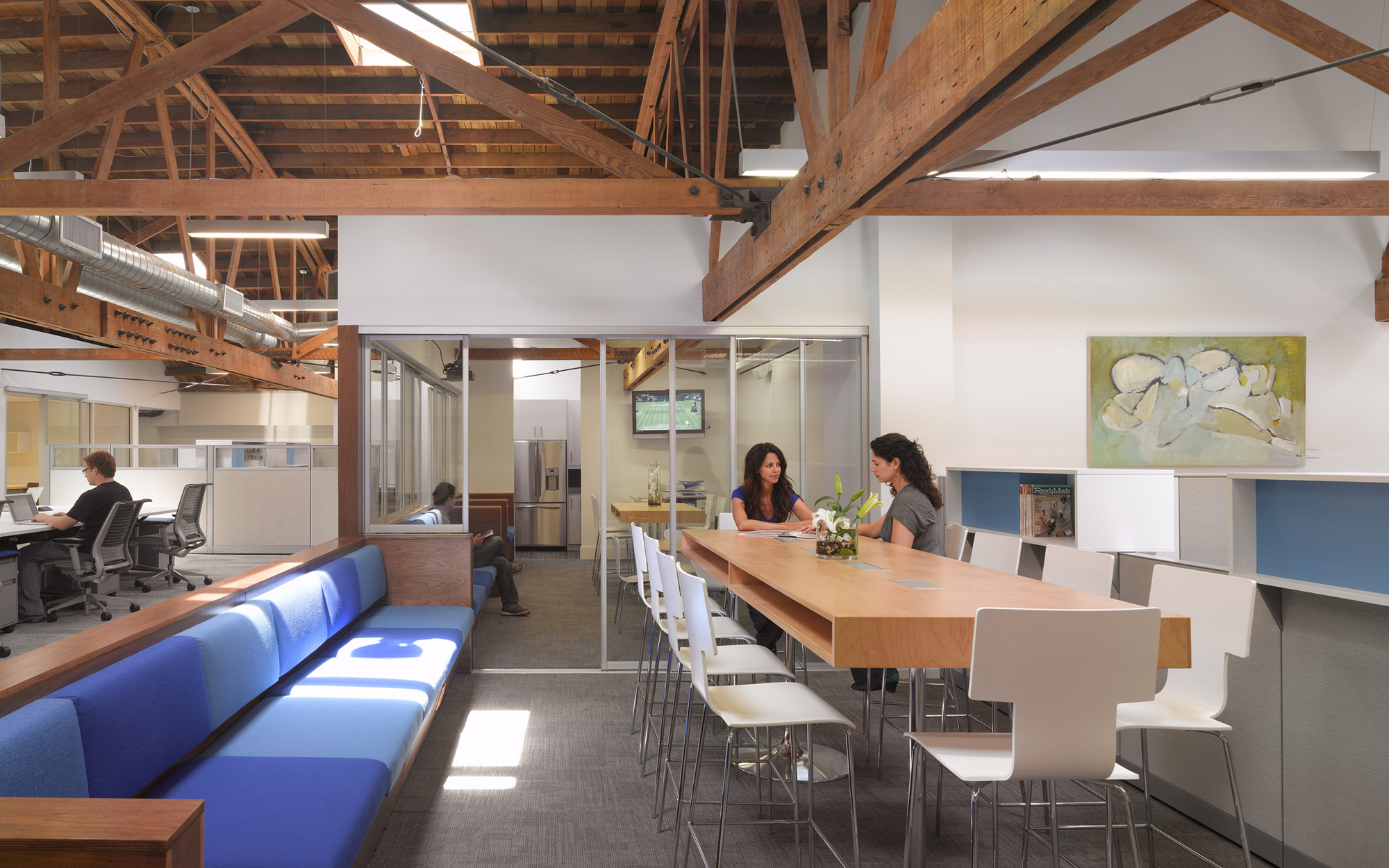Since 2008, Blankspaces has been cultivating the shared workspace scene in Los Angeles. The brand has several locations, with two in L.A and one in Santa Monica, each offering freelancers and entrepreneurs shared office space, which can be rented out long-term or on a flexible basis. We spoke with Blankspace’s founder, Jerome Chang, about the development of the social workplace and how today’s office is encouraging frequent employee interactions.
Hi Jerome. How would you define the social workplace today? And how is it representative of the new model of work?
The current open office environment includes workspaces without full-height walls, rather than offices with cubicles, which are more traditional, albeit often poor, examples. The social workplace is designed to encourage frequent interactions. Hotel lobbies with work-like areas are good examples of this.
Please describe the design of Blankspaces, and tell us a bit about why the look and feel of a workspace is so important.
At Blankspaces, I include a variety of workspaces, from small intimate areas, to large open areas, and everything in between. This helps develop physical spatial relationships that shape cultural interactions. For coworking, it’s also important to remember that our physical space is what generates revenue, so efficiency is vital.
How did you realize what type of space design nurtured productivity?
All types of spaces can nurture productivity. Once you use all of your design tools, including details like the way someone sits, away or toward others, you can make any space productive.
What kinds of members usually join Blankspaces (more freelance or corporate) and what services do you offer them?
Any and all. We tend to attract and retain members who value a “real office” and one that has a productive vibe. This does not necessarily mean it’s quiet, or noisy.
In your opinion, how has the development of these open spaces influenced the culture of work?
Privacy can be segmented into many levels and perceived differently by everyone. Questioning how much privacy someone needs to work productively, is critical.
What does a social work environment offer that a traditional one does not?
A social workplace develops and expands the definition of work, including networking.
It seems that many larger companies/corporations are steadily gravitating towards social workplaces, why do you think that is?
They are starting to see that interactions amongst others have been undervalued in the past.
How are the expectations of the modern workforce different from previous models?
Technology can finally untether workers allowing them to be productive anywhere, so they now work all the time. Oops.
What has changed in the last 5 years? What are the current expectations? How do you address these modern needs?
A workspace doesn’t necessarily need to provide space for a keyboard, a CPU, or even file storage. So workspaces can be much smaller. Dedicated workspaces may not even be required because people change workspaces throughout the day. Therefore, workspaces have to be designed with a variety of areas in mind.





0 Comments